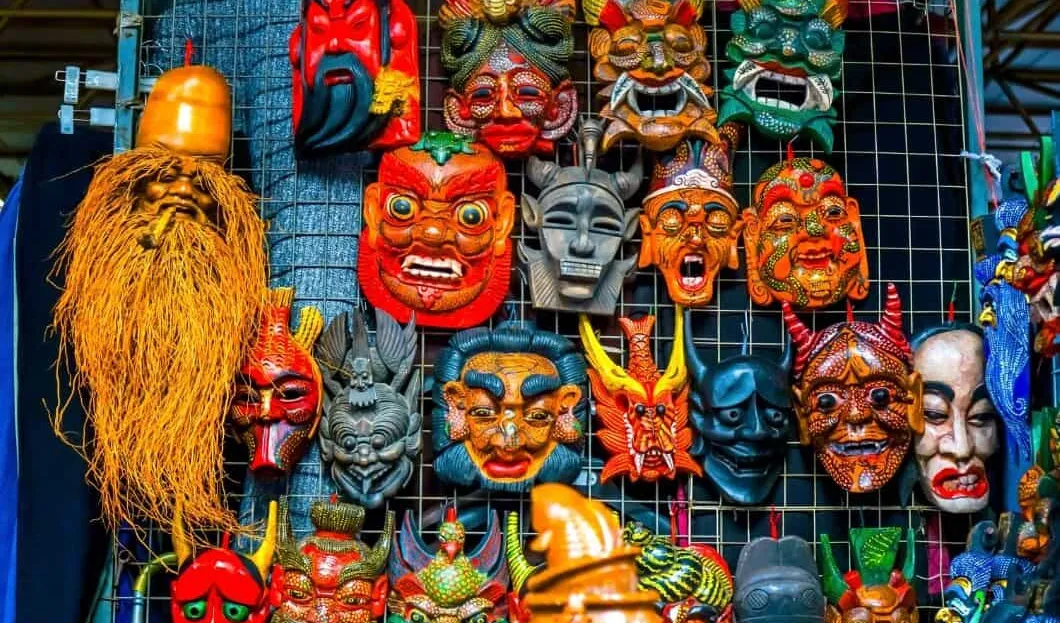
The China Tourism Academy recently published a report titled "Analysis of Tourism Economy Operation in the First Half of 2023 and Trend Forecast in the Second Half of the Year." The report indicates that the tourism economy has steadily recovered in the first half of the year, with supply and demand booming and recovery accelerating. It is projected that the total number of tourist trips across the country this year will reach 5.5 billion, with domestic tourism revenue reaching 5 trillion yuan (about $US 700 billion), which is 90% and 80% of the same period in 2019, respectively.
According to the report, the Chinese tourism industry has recovered strongly in the first half of the year. This is due to the comprehensive index of economic operations reaching a "boom" range. The number of tourist trips and income during the five major holidays, including New Year's Day, Spring Festival, Ching Ming Festival, May Day, and Dragon Boat Festival, has significantly improved. Tourists' satisfaction level remains stable in the "satisfactory" range. Outbound travel has seen a significant change in flow and business model compared to pre-epidemic times, with a backlog of outbound demand released in the past three years. Inbound tourism has also resumed, with group tourism in Mainland China, Hong Kong, and Macau fully operational. Visa applications for international tourists visiting China have also been relaxed, and travel agencies have resumed group tours for Taiwanese residents. However, issues still need to be addressed, such as supply chain repair, in the current state of inbound tourism.
It is worth noting that there has been a noticeable increase in tourism investment throughout the country. This is with several provinces announcing significant projects, including Beijing, Anhui, Gansu, and Jiangxi. Furthermore, approximately 150,000 new tourism-related businesses were registered nationwide in the year's first half.
The report predicts residents will become more willing to travel in the latter half of the year, increasing the number of tourists. However, there may be pressure to slow down this growth rate. Various locations have continued to launch consumption promotion policies to accelerate tourism per capita consumption. Regarding overseas markets, the inbound market is expected to recover in September and October. Despite this recovery, the tourism supply chain will continue to be in a repair period during the year's second half. To address this, enterprises must focus on controlling financial and operating expenses, attracting high-level and highly skilled talents, iterating products, and maintaining their brand.
According to the report, our focus for the year's second half should be two main aspects. Firstly, monitoring any demand changes is necessary to analyze them carefully. Secondly, it should encourage optimizing industry supply, improving consumption structure, structure, and stabilizing consumption expectations.













